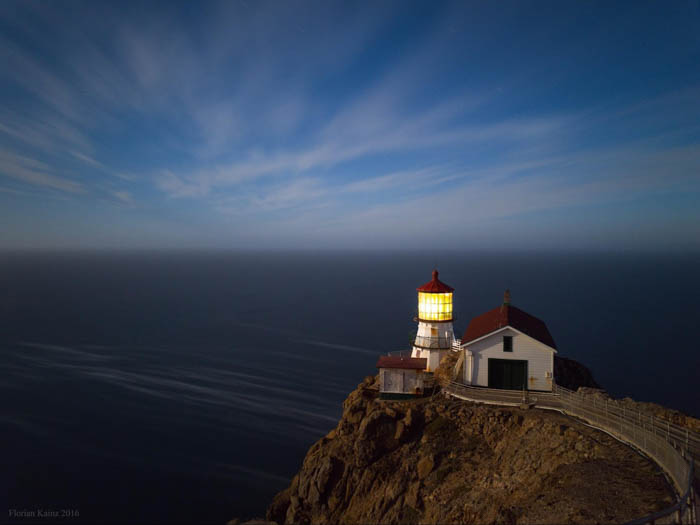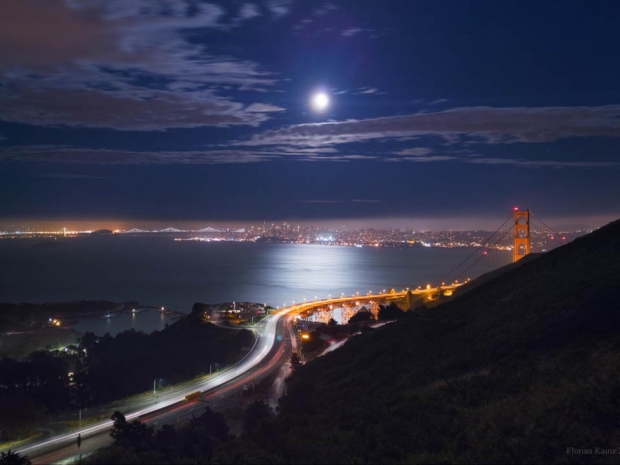Florian Kainz, who previously worked at Industrial Light and Magic, has posted some experimental photos using the Google Pixel and 6P that attempt to recreate the low-light, long-exposure scenes that can be captured with a professional DSLR. By creating a basic manual exposure app that uses only the mobile sensors inside the phones, he was able to take a series of photos at a desired exposure time, ISO, and focus distance.
Most Google Pixel and Nexus 6P users have hailed their devices for superior low-light camera performance over many devices released in the past year and a half. These devices also include HDR+ and HDR+ Auto (“lite”) modes, respectively, to assist in underexposed stills. But few devices have been able to capture images of space using only starlight, or post-sunset horizon lines with the rich detail and focus of their DSLR counterparts.

Source: Google Research
Using his basic manual exposure app, Kainz set the focus level to infinity to resolve autofocusing problems that affect many landscape photos. In this first photo, he visited the Point Reyes Lighthouse thirty miles north of San Francisco on a full moon night, pointed a Nexus 6P phone at the building and shot a burst of 32 four-second frames at ISO 1600. He then covered the camera lens with opaque adhesive tape and shot an additional 32 black frames, saved them in RAW format, and transferred them to his PC for post-processing in Photoshop. The final step was to calculate the average of the first set of frames and subtract the average of the black frames in order to remove any granular noise from the phone’s tiny Sony IMX377 sensor.
In another set of images, Kainz wanted to find out if it was possible to take smartphone photos with even less light. Using a Google Pixel, he attempted to capture a scene lit by a three-quarter moon low in the sky, and another with no moon at all. For these tests, he used 64 two-second exposures, and following some extensive post-processing using the same frame averaging technique, he was able to produce some very impressive long exposures using just a 12.3-megapixel Sony IMX378 smartphone sensor.
![]()
Source: Google Research
![]()
Source: Google Research
Pushing the limits
Finally, Kainz wanted to experiment with capturing a smartphone image without any starlight, moon or artificial light sources nearby to see if it was possible to grab a glimpse into deep space. He drove to a point on the California coast just north of the Russian River in Sonoma County where the constellations Scorpius and Sagittarius are clearly visible. In the following image, he pointed the Google Pixel above the horizon and shot 64 two-second exposures taken at ISO 12,800, along with 64 corresponding black frames.![]()
Source: Google Research
After extensive post-processing, the combined frames were able to capture a recognizable of the Milky Way Galaxy. Unfortunately, the Pixel’s sensor hardware is unable to capture exposures longer than two seconds. Of course, there are other significant limitations when doing this kind of work – a tripod is a necessity, and the subject needs to be mostly static for long exposures to work. But what Kainz has demonstrated is the ability to take the enhanced HDR modes on the Pixel and 6P and scale them up to a higher number of exposures using a custom Android imaging app.
While the 12.3-megapixel sensors on these Google phones are not nearly at the same resolution of a DSLR can produce, the photos give an indication of what can be accomplished through slight software modifications, more exposures, and some proper post-processing work thereafter. This may be indicative of the work Google Research is doing on upcoming Pixel series devices, and with some slight adjustments to the default Android imaging app, the company can always bring adjustable low-light photography to a much wider audience.




